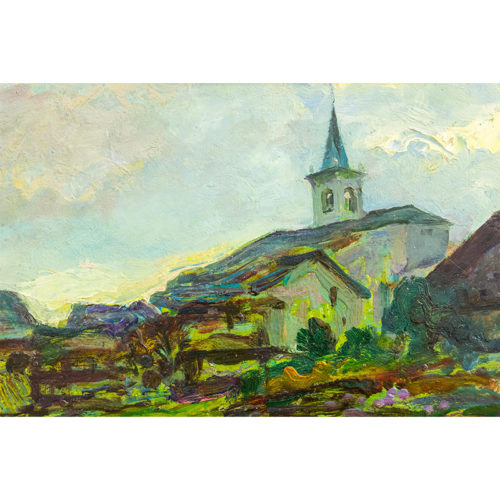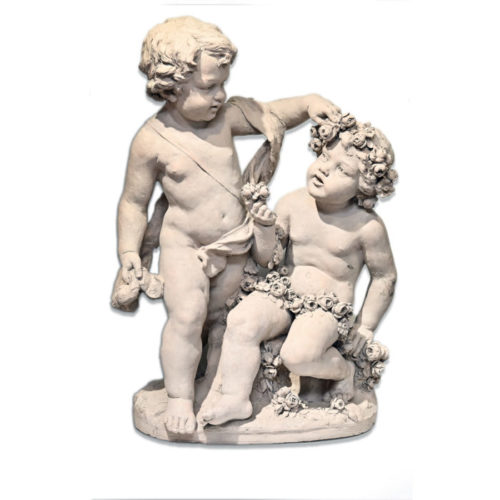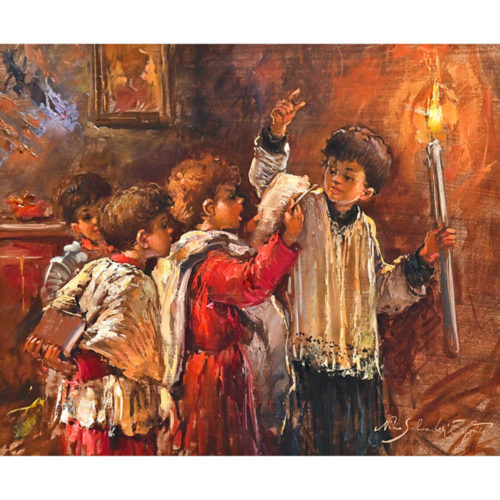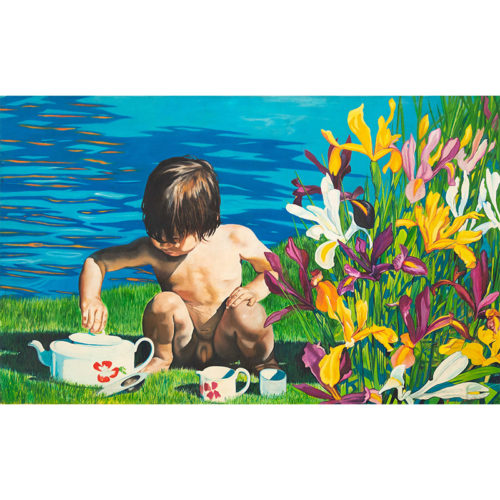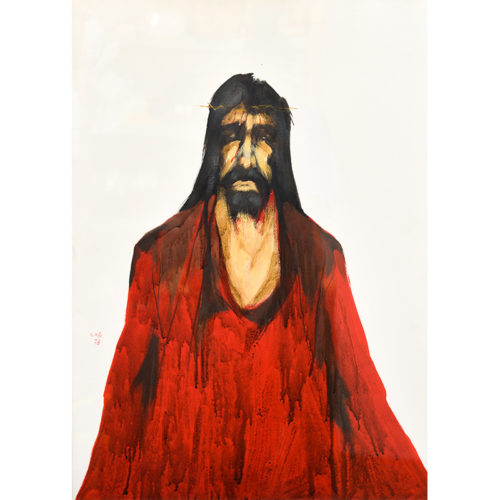-
Out of stock
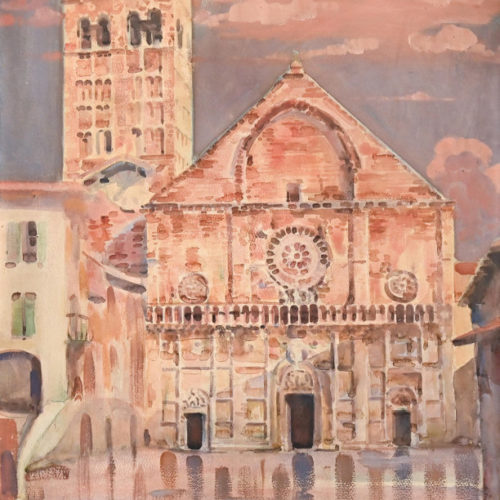 "Cathedral of San Rufino in Assisi", mixed media on cardboard by Luigi Zago (Villafranca di Verona 1894 - Buenos Aires 1952), 1930s. Period: 1930s Measurements: Framed H 95 x W 96,5 x D 7 cm / Cardboard H 78 x W 68 cm
"Cathedral of San Rufino in Assisi", mixed media on cardboard by Luigi Zago (Villafranca di Verona 1894 - Buenos Aires 1952), 1930s. Period: 1930s Measurements: Framed H 95 x W 96,5 x D 7 cm / Cardboard H 78 x W 68 cm -
Out of stock
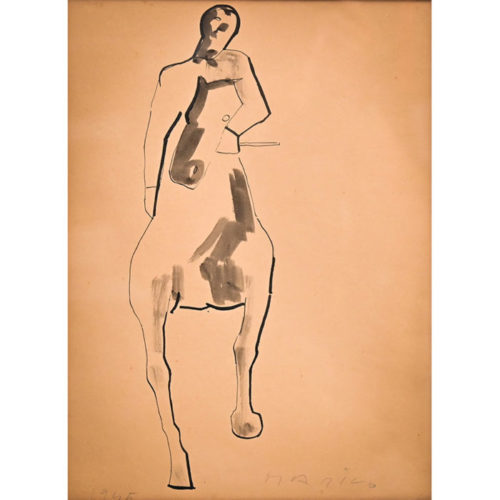 "Cavallo e cavaliere" by Marino Marini, pen and brushstroke ink on paper, 1945. Signature at lower right. The drawing was included in the archive of the artist's autograph works in May '94. Period: 1945 Measurements: Framed H 63 x W 53.5 x D 5.5 / Paper H 35 x W 26 cm
"Cavallo e cavaliere" by Marino Marini, pen and brushstroke ink on paper, 1945. Signature at lower right. The drawing was included in the archive of the artist's autograph works in May '94. Period: 1945 Measurements: Framed H 63 x W 53.5 x D 5.5 / Paper H 35 x W 26 cm
